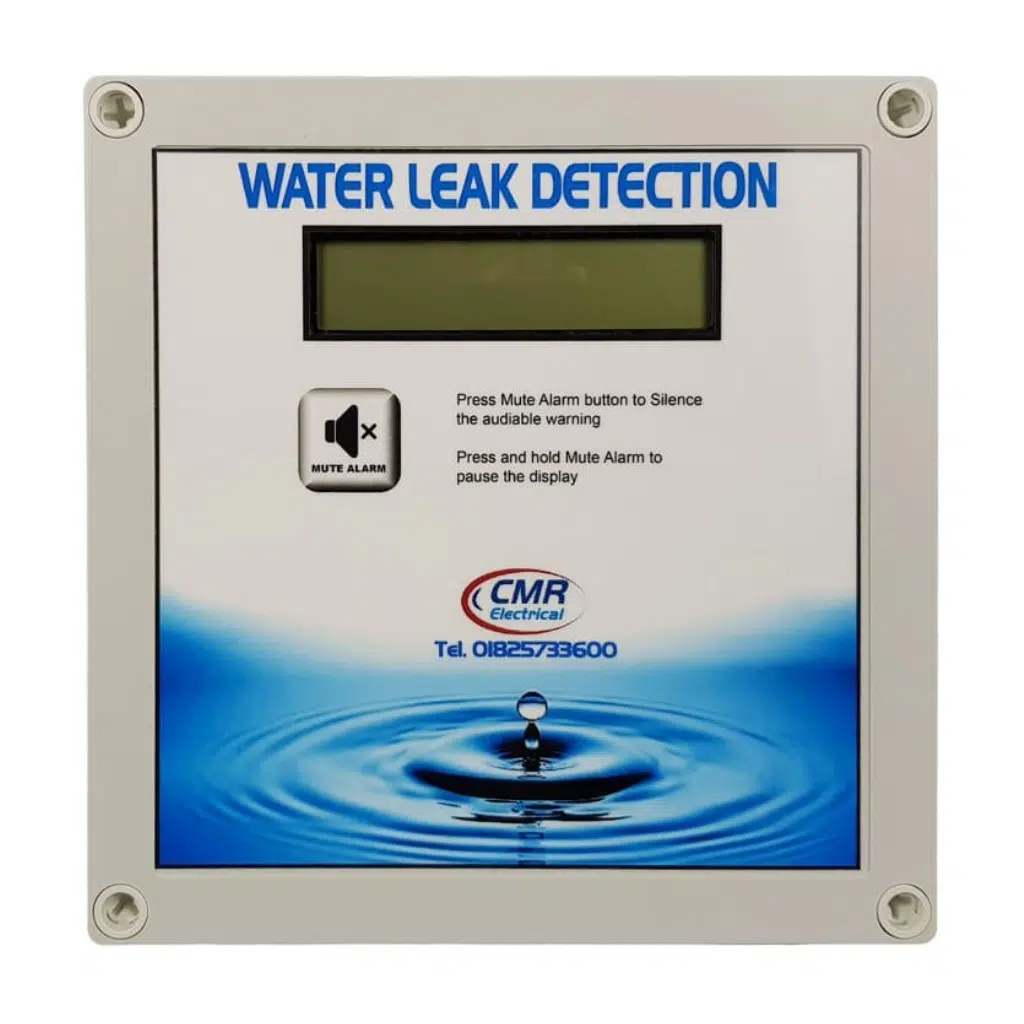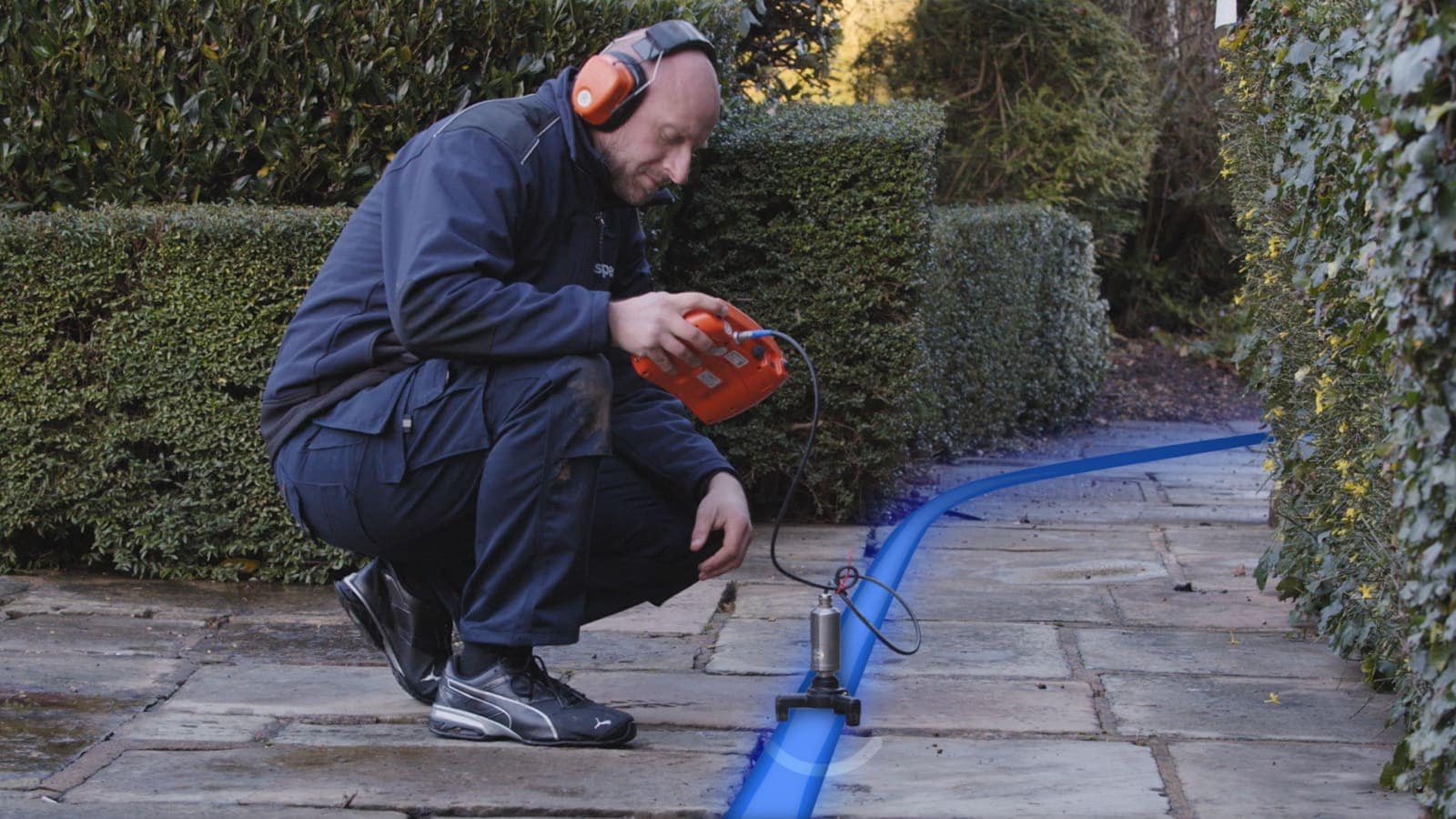Ingenious Solutions for Early Discovery of Water Leaks in Structures and Facilities
As the stability of structures and facilities is paramount, the difficulty of early discovery of water leakages has stimulated innovative remedies that promise to change the way we secure against prospective problems. From advanced leakage detection innovations to the release of IoT sensors for real-time surveillance, the landscape of leak prevention is advancing rapidly. Maker understanding algorithms use a glimpse into the future of leakage forecast, while thermal imaging presents a non-intrusive technique for determining covert leakages. Automated water circulation analysis systems are reshaping exactly how leakages are recognized and addressed, leading the way for a proactive method to water leak discovery. Each of these remedies holds the key to making sure the integrity and long life of our built setting, motivating a shift towards a much more sustainable and effective future.
Advanced Leak Detection Technologies
Advanced leakage detection modern technologies, furnished with advanced sensing units and algorithms, play a crucial duty in swiftly recognizing and identifying water leakages in different setups. Electromagnetic sensing units can determine adjustments in electromagnetic areas triggered by water, supplying yet one more layer of leakage detection ability.

IoT Sensors for Real-Time Monitoring
In the realm of contemporary water leakage discovery, the integration of IoT sensing units for real-time surveillance represents a crucial innovation in enhancing aggressive leakage discovery abilities. These sensing units supply continual monitoring of water systems, offering real-time information on water flow prices, pressure variations, and temperature adjustments. By leveraging IoT technology, these sensors can spot even the smallest anomalies in water usage patterns, enabling very early identification of potential leakages prior to they intensify right into major problems.
IoT sensors send information to a central system, where innovative algorithms analyze the information and produce notifies or notices when irregularities are found. This real-time surveillance ability allows home owners or center managers to promptly attend to leaks, minimizing water damage, decreasing repair costs, and conserving water resources.
Moreover, IoT sensing units can be integrated with structure monitoring systems, enabling automated feedbacks to found leakages, such as turning off look at here now water shutoffs or triggering pumps to minimize the influence of leakages. Generally, the implementation of IoT sensing units for real-time tracking considerably improves the efficiency and performance of water leakage detection in structures and infrastructure.
Device Understanding Algorithms for Leakage Prediction

One secret advantage of using device understanding for leakage prediction is its capability to continually find out and boost its precision with time. As even more data is collected and fed right into the formula, it can refine its forecasts and adapt to transforming conditions, ultimately enhancing the dependability of leakage detection systems.
Additionally, maker discovering algorithms can assist in determining subtle indications of leaks that might go undetected by conventional surveillance methods. water leak detection. By evaluating intricate information embed in real-time, these formulas can supply very early warnings and informs, enabling punctual intervention and preventative maintenance to reduce potential water damage and linked costs
Utilizing Thermal Imaging for Leakage Discovery
Thermal imaging innovation supplies an appealing approach for discovering water leakages in different systems and facilities. By utilizing infrared radiation and temperature variations, thermal imaging cameras can recognize concealed leaks address that are not conveniently noticeable to the naked eye.
Among the key benefits of thermal imaging for leakage discovery is its non-intrusive nature. Unlike standard methods that might require breaking into wall surfaces or floors to find leaks, thermal imaging permits non-destructive screening. This not just conserves time and lowers costs but also lessens disruption to the structure or facilities being examined. In addition, thermal imaging can quickly scan big areas, supplying a comprehensive review of prospective leak resources in a timely manner. Generally, using thermal imaging technology my latest blog post boosts the performance and accuracy of water leak detection, making it a useful device for preserving the integrity of buildings and facilities.
Automated Water Circulation Analysis Solutions
Just how can computerized water flow analysis systems transform the detection and administration of leakages in various systems and facilities? Automated water flow analysis systems supply a positive technique to leak detection by constantly checking water flow prices and patterns. By establishing baseline information, these systems can promptly identify inconsistencies that might indicate a leakage, enabling punctual treatment to prevent extensive damage.
These systems utilize innovative algorithms to analyze real-time information and supply immediate informs when abnormalities are discovered, permitting for quick action to be taken. Furthermore, computerized water circulation evaluation systems can be integrated with building monitoring systems or IoT systems, improving general efficiency and allowing remote monitoring capabilities.
Additionally, the data accumulated by these systems can be utilized for anticipating upkeep functions, assisting to recognize potential powerlessness in the framework before leaks take place. Overall, the application of automatic water circulation analysis systems can substantially enhance leakage discovery and monitoring techniques, ultimately leading to cost financial savings, decreased water wastage, and boosted sustainability in buildings and infrastructure.

Final Thought
In conclusion, the combination of innovative leakage detection innovations, IoT sensing units, artificial intelligence formulas, thermal imaging, and automatic water circulation evaluation systems uses cutting-edge remedies for early detection of water leakages in structures and facilities. These modern technologies allow real-time surveillance, prediction of leaks, and effective discovery techniques to prevent water damages and waste. Applying these solutions can assist in preserving the stability and sustainability of water supply in different setups.